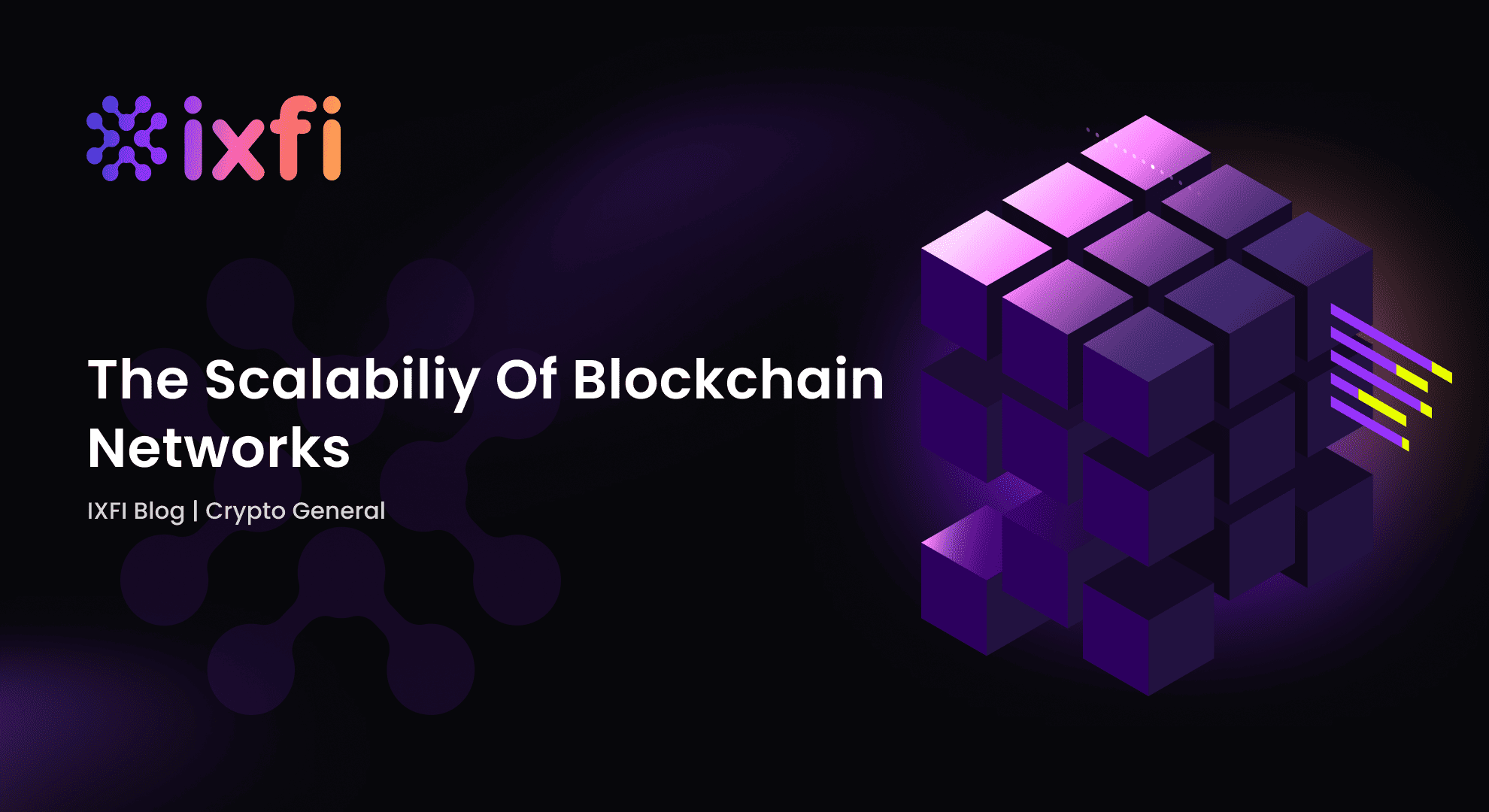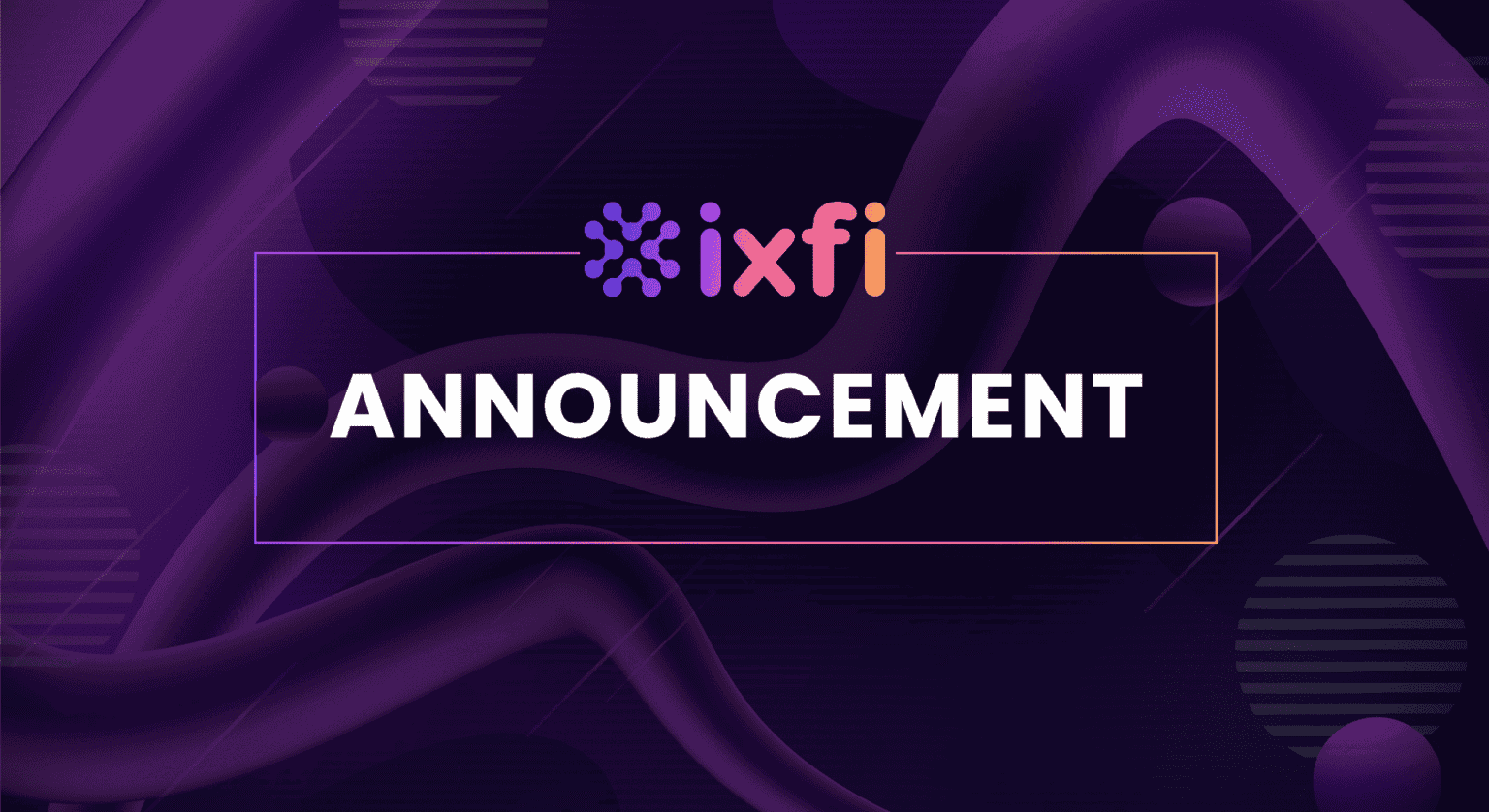Blockchain technology is still in its early stages, but work is constantly being done to improve crypto services and increase accessibility. Scalability refers to a system’s ability to adapt to increasing demand to be used on a large scale in the future, depending on its growth rate. For example, about 14 Ethereum transactions can be made per second, faster than Bitcoin. However, it needs to be comparable to major card issuers like Visa, which can process up to 24,000 transactions per second. Of course, Visa has been a financial services company since 1958 and has been producing payment cards since the 90s. Decentralized finance services will also grow, but it is necessary to scale the processes.
About Trilemma in Blockchain and why scalability is a problem
In other words, quantity, and quality at the same time. Unlike classic IT technology, distributed ledger technology is different. To better understand the problems we face in crypto: the codes behind what we see are predefined, and everything works based on nodes – digital entities that keep complete copies of the data registry and constantly validate new blocks without being part of their production.
These registries maintain private data representing transactions, personal data, transaction conditions, or anything else. The trilemma in Blockchain has to do with these data that need to be kept and traded safely, wholly decentralized, and on a large scale. They have to do with the number of calculations that can be processed per second by the Blockchain, the participating nodes in the network, and especially the resources necessary to keep them safe, all at the same time being extremely important.
Performance of distributed networks
The scalability of a Blockchain has to do with the growth of the amount of data processed and the actual performance of the data chains. Performance in scalability is the essential criterion to determine how effective a Blockchain is. The average time required for an immutable transaction to be verified and stored on each data node (so that it cannot be canceled or modified) is used to evaluate the performance of Blockchain networks. With high performance in which the network can process a substantial volume of transactions by increasing network nodes, we can talk about scalability in the complete sense of the word as it is today.
Why is scalability so crucial in the Blockchain market?
Scalability is a crucial factor in Blockchain because it is necessary to have the ability to support a large volume of transactions. It is essential for the further development of the entire crypto industry, and traffic can have disastrous consequences if we don’t solve this. Each node updates the registry with information about a new transaction whenever one is processed so that the overall system can crash due to the extensive history of transactions. The more we scale this industry, the more we will have low costs, cheap transactions, a lot of flexibility, and simple and positive user experiences.
How to increase scalability in distributed networks?
There are two primary ways to scale a Blockchain network – vertically or horizontally.
Vertical scaling refers to updating and increasing the hardware methods used for mining coins and verifying transactions on the chain. The more miners with greater computational power, the faster the network can grow, and the more blocks can be added to the chain more quickly. The problem is that the costs of buying and maintaining computers can increase, as well as the electricity bills, which have been growing in recent years in countries considered cheap.
Horizontal scaling refers to alternatives related to a Blockchain network’s technical side and can be connected to multi-chain ecosystems. Multi-chains can be used for transactions, whether independent networks or sidechains. Regarding sharding, transactions are fragmented among validators. The number of fragments is designed to make the danger of corrupting any component almost statistically impossible, and the nodes are rotated randomly, so they don’t constantly execute.
Anyone can become an investor. Globally, cryptocurrencies represent an emerging asset class. We are building a crypto community where everyone is welcome. Create an account on ixfi today and benefit from over 350 cryptocurrencies and exclusive rewards offered through monthly promotional campaigns.


